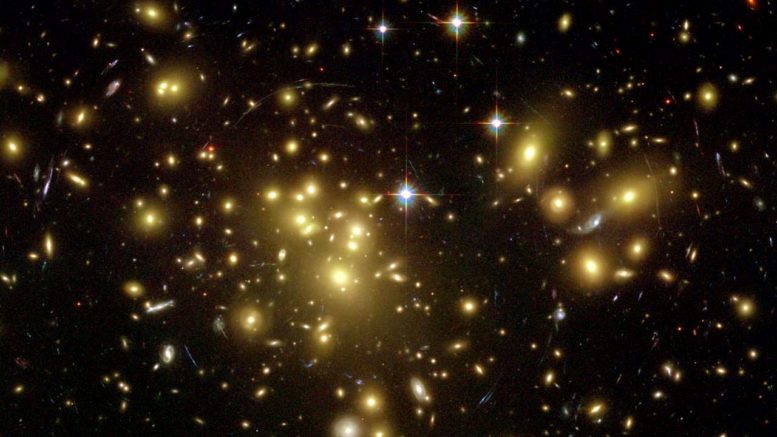Apparent magnitude is a measure of the brightness of a star or other astronomical object observed from the Earth. An object’s apparent magnitude depends on its intrinsic luminosity, its distance from Earth, and any extinction of the object’s light caused by interstellar dust along the line of sight to the observer.
The values on the scale of an objects magnitude is reverse logarithmic, which means that as an object increases in brightness, the lower the magnitude value will be. This means that because of the logarithmic value of measurement, an object that is 100 times dimmer as another object would have a magnitude value measured at around 5 magnitudes higher. This means that the naked eye can see stars with magnitudes in the negative values and positive values up to about +6.5. At apparent magnitudes approaching +6.5, the stars becoming more and more faint and require near perfect visibility in a super dark site. We provide some reference values for magnitude below, but the values for known objects range from -26.7 for the Sun to objects in deep Hubble Space Telescope images of around magnitude +30.
When discussing magnitude, distinguishing between absolute and apparent magnitude. Apparent magnitude is the brightness as observed from earth, whereas absolute magnitude measures the intrinsic luminosity of a celestial object. This means that absolutely magnitude does not look at apparent brightness and uses the reverse logarithmic scale to define a luminosity for a star or object would have if it were observed from a distance of 10 parsecs.
Measurement
To precisely measure the apparent magnitude of a celestial object requires calibration of the photographic or electronic detection apparatus, which can involve contemporaneous observation of standard stars whose magnitude using that spectral filter is accurately known. When the observations are done, stars with known magnitudes are used to compare the new values to; moreover, the amount of light actually received by the detection apparatus would have to take factors that would impair with the calibration and calculation. This could be things such as the Earth’s atmosphere and the atmosphere of the star. Proper calibration and calculation of the apparent magnitude requires several different reference stars to account for differences in the variables such as atmosphere to get the best values.
Interesting Apparent Magnitude Values
| +34 | Faintest objects observable in visible light with James Webb Space Telescope |
+31.5 | These values are the faintest observable objects that are in the visible light range, which require using the Hubble Space Telescope EXtreme Deep Field. That required about 23 days of exposure time collected over 10 years to produce this image. |
| +13.65 | This is the maximum brightness of the dwarf planet Pluto as seen from Earth |
| +0.46 | mean brightness of planet Mars as seen from Earth |
| +0.71 | mean brightness of planet Saturn as seen from Earth |
| −2.94 | Maximum Brightness of Jupiter as seen from Earth |
| −2.94 | Maximum Brightness of Mars as seen from Earth |
| -26.74 | Brightness of the sun as seen from Earth |

Leave a comment